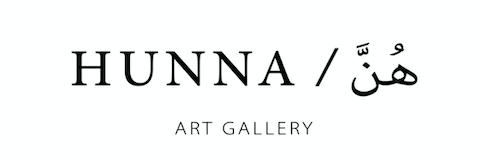In her video Rhythmic Eating (2021), Alawadhi zeroes in on her mouth biting into an onion. As she chews openly, the effect is visceral and meant to be repulsive. The work is inspired by a childhood memory of scarcity and staking a claim in a first-come, first-served environment. Onions were a vegetable no one else wanted in her household and Rhythmic Eating powerfully subverts a child’s anxiety about nourishment.
(...)
Using the program Pixelsynth, Alawadhi transformed the image of a text into a harmonious sound that contrasts with the intensity of ingesting a raw onion. Both text and body here are redacted—cut with solid black geometric shapes—the mouth extricated from the rest of the body. But while the text is abstracted visually in Rhythmic Eating, her skin close-ups are hyperreal.
This aforementioned text, which comprises three short stories by Alawadhi, is voiced from the perspective of the onion in relation to different family members/aggressors. It is read out in her film, Three Devourings of an Onion (2021), where she creates an ad hoc environment of mobile walls, a floor mattress, a chair, and a single potted plant. She reads nonchalantly, never directly facing the camera, in a language that has a sci-fi apocalyptic feel and a non-human-centered point of view. Her body becomes the container of the violence she orates in a scripted space.
(...)
When it comes to other bodies, Alawadhi’s use of the glitch blurs the boundaries between the subject and its surroundings, warping the sense of time. In her series Science of Man (2020), one clip entitled Master of Destiny excerpts from the 1954 French film Ali Baba and the Forty Thieves, where the torso of the belly dancer (Samia Gamal) dissolves into pixels, losing hold of any kind of figurative coherence. Performativity is equated with textuality as Alawadhi juxtaposes these illegible, seemingly censored visuals with a poem by Abu Nuwas on love and intoxication. The poetry references a time of eroticism in Middle Eastern dance, before the religious dictates that came with the rise of Wahhabism. The splicing of body-as-image into body-as-text uses a post-internet vocabulary to disorient, dislocate and reappropriate cultural forms associated with the golden age of Egyptian cinema. By resisting representation through forms of digital decay, Alawadhi asserts a kind of bodily autonomy in her work.

